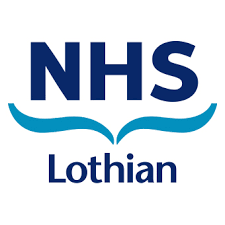Need to suspect infection but patients may have a non-specific, non-localised presentation, e.g. feeling very unwell, and may not have a high temperature.
Consider:
- Possible source of infection
- Patient factors that increase risk of sepsis (see below)
- Any new-onset abnormalities of behavior, circulation or respiration
- Symptoms and signs of infection (see below)
People most vulnerable to sepsis
- Extremes of age (<1 year or > 75 years) and frailty
- Impaired immunity due to illness e.g. diabetes, splenectomy, sickle-cell disease
- Impaired immunity due to drugs e.g. cancer chemotherapy/neutropaenia, long-term steroids, immunosuppressants
- Surgery, or other invasive procedures, in the past 6 weeks
- Any breach of skin integrity (e.g. cuts, burns, blisters or skin infections)
- Misuse of intravenous drugs
- Indwelling lines or catheters
- Pregnant, have given birth or had a termination of pregnancy or miscarriage in the past 6 week
History
Symptoms consistent with infection, fever (not always present), rigors, factors that increase risk of sepsis, frequency of urination in past 18 hours, travel.
Examination
Localising signs of infection, mottled/ashen appearance, cyanosis, non-blanching petechial or purpuric rash, any breach of skin integrity, other rash indicating potential infection.
